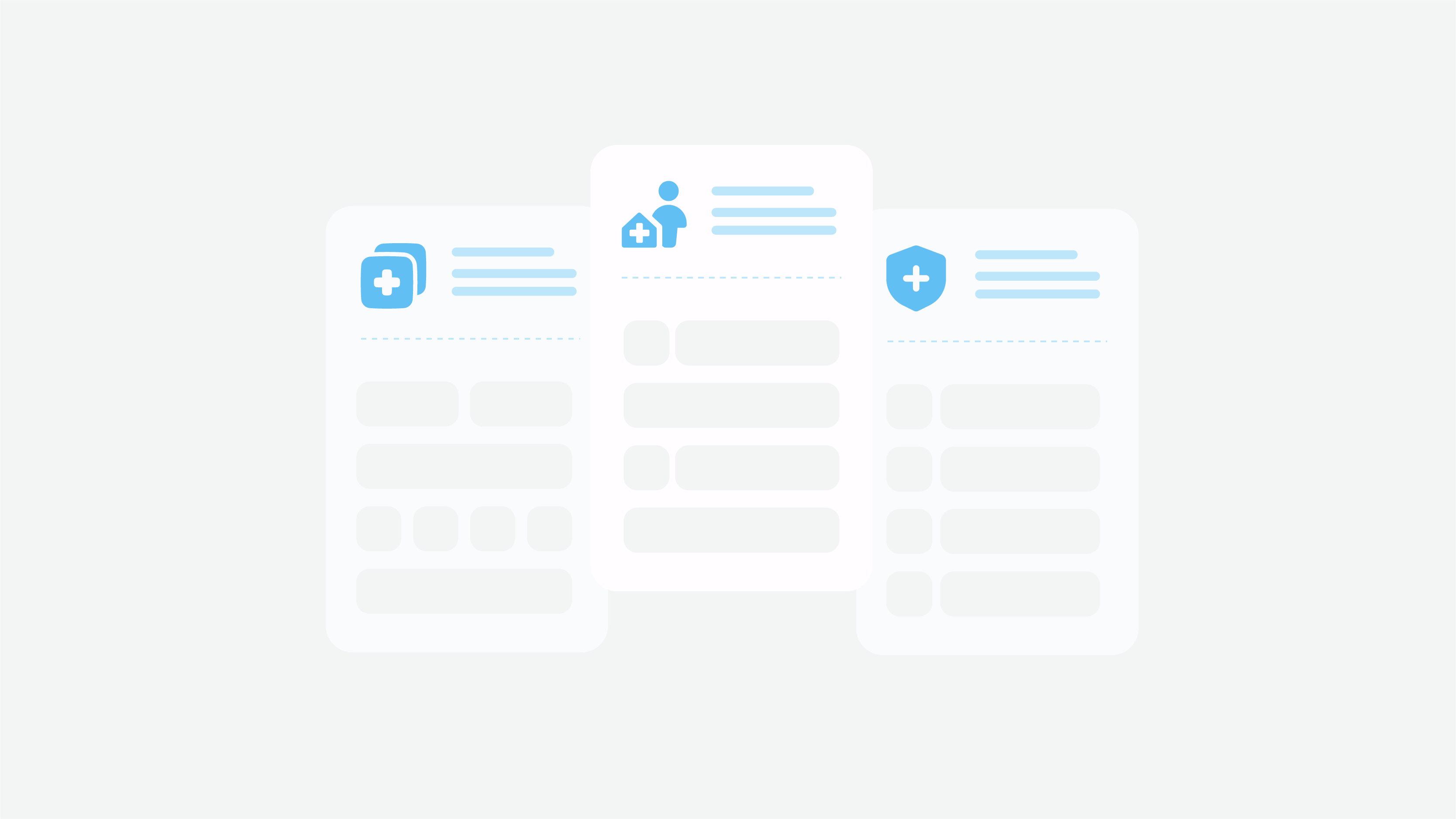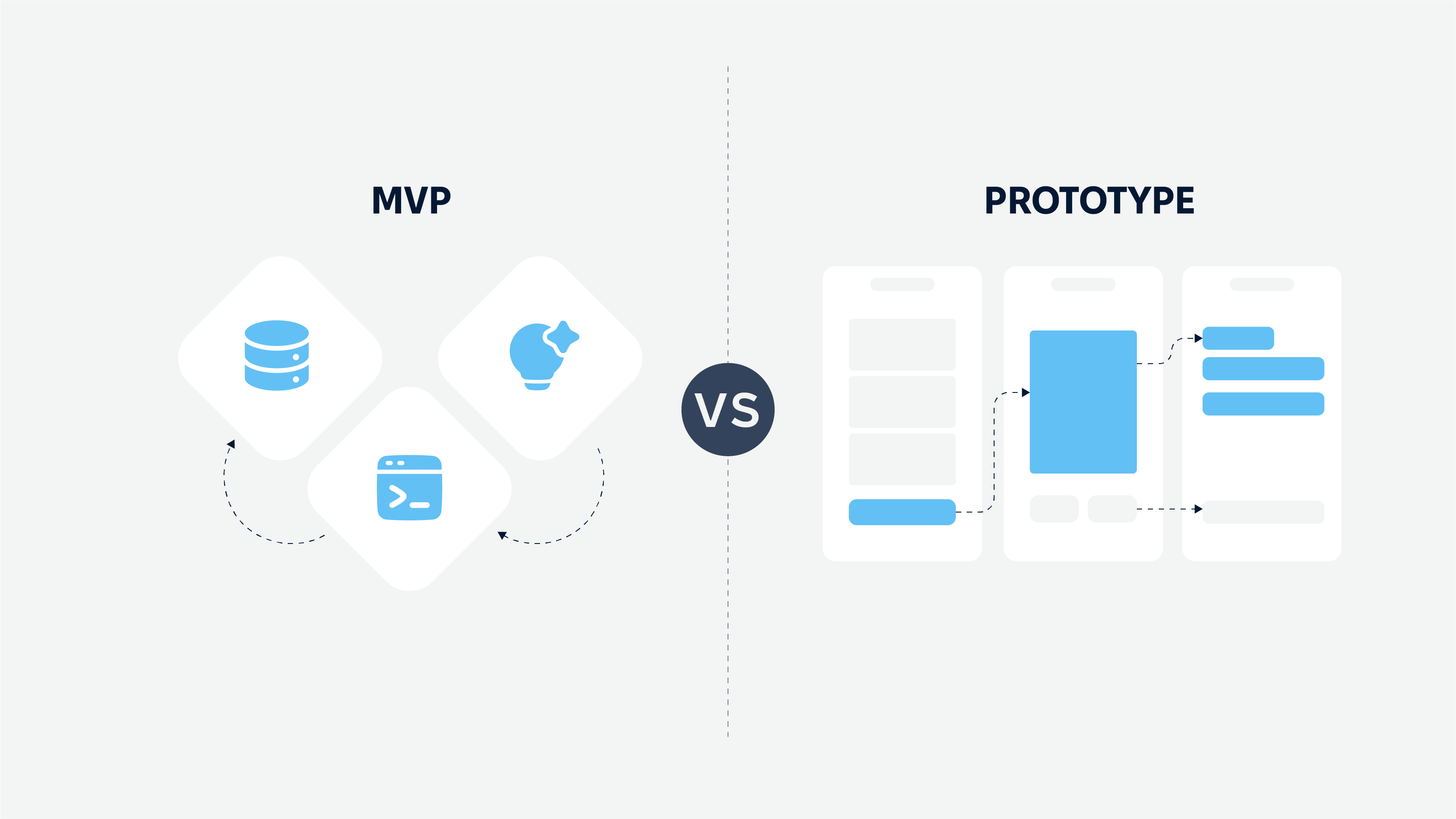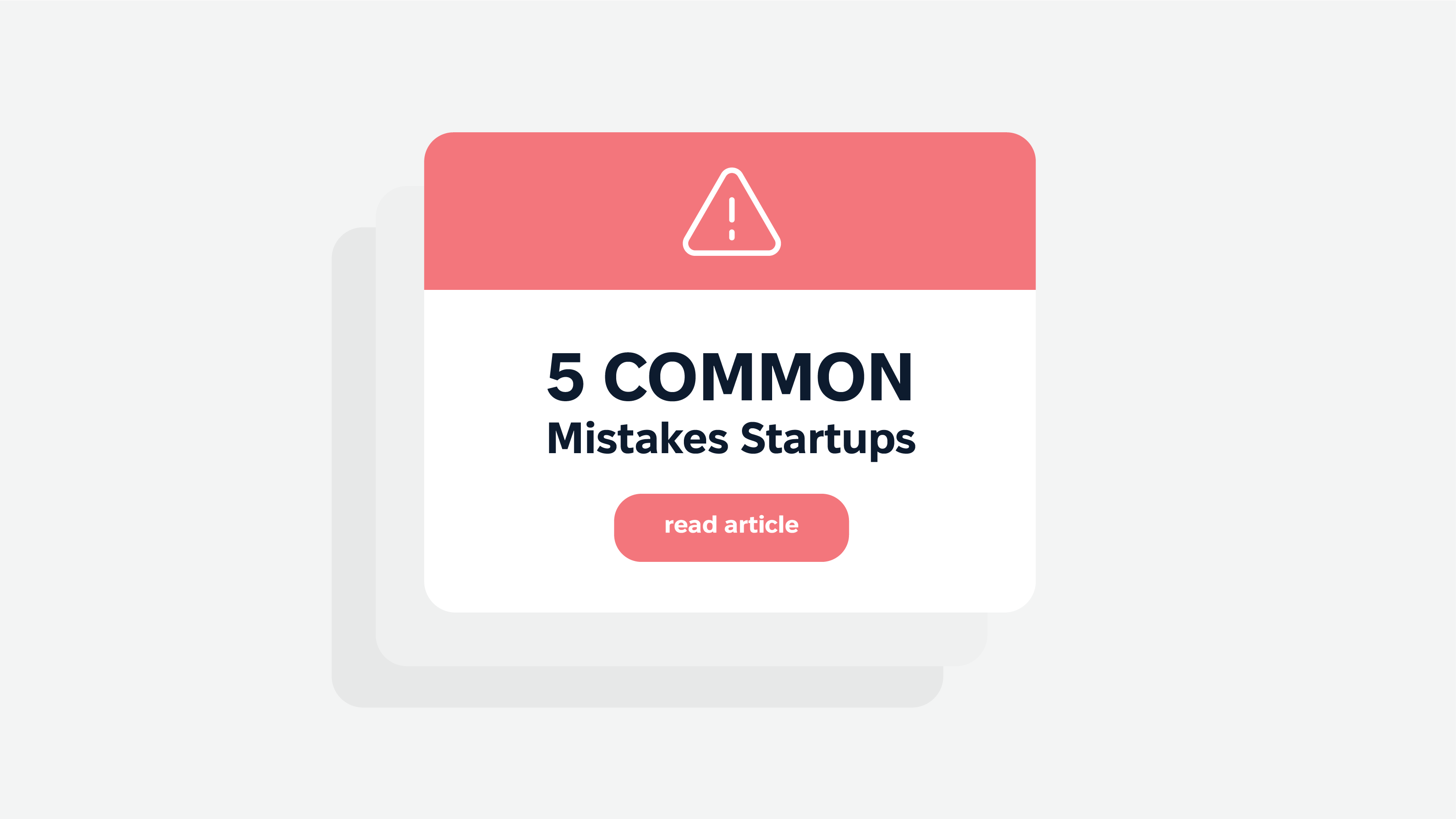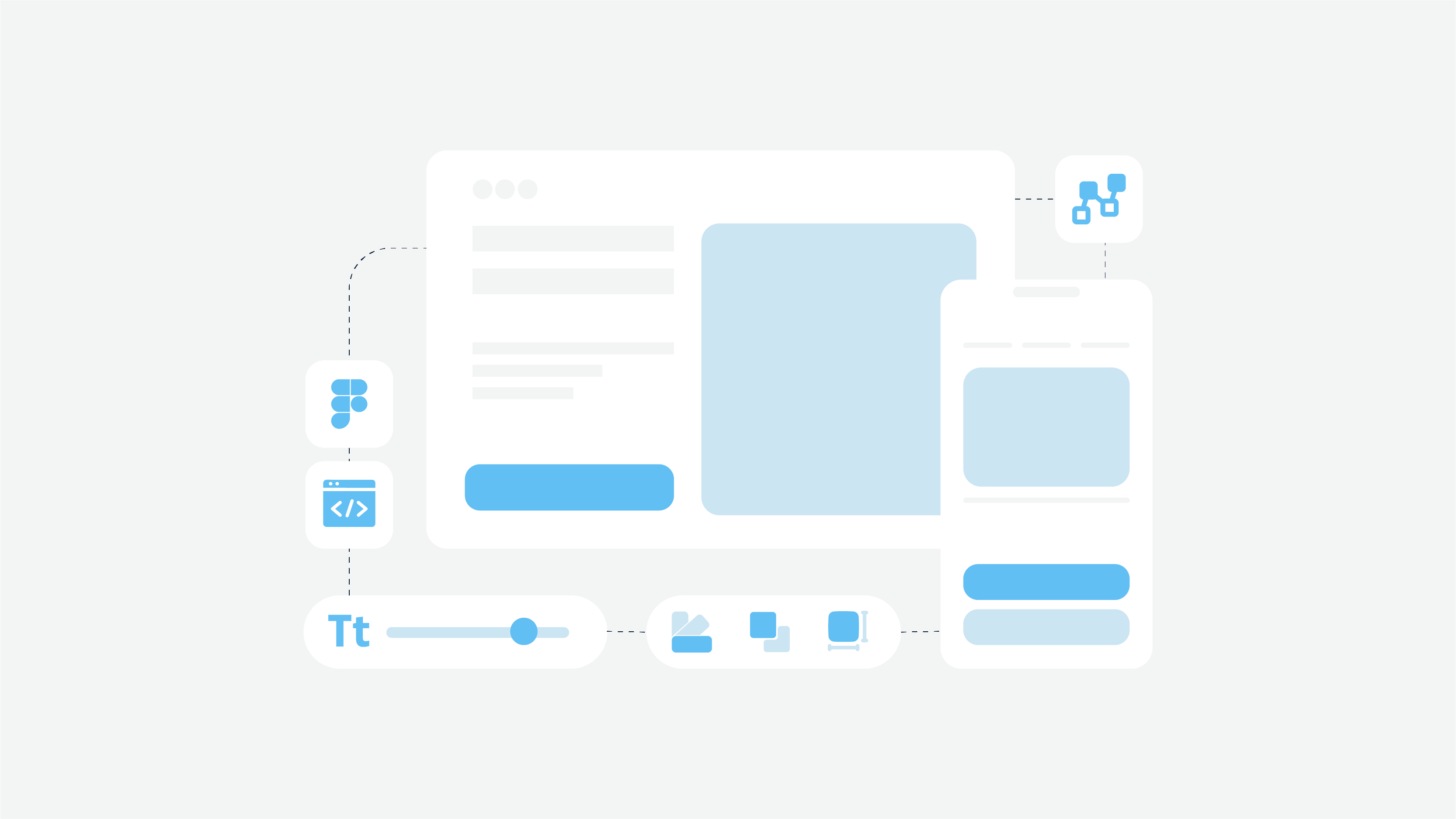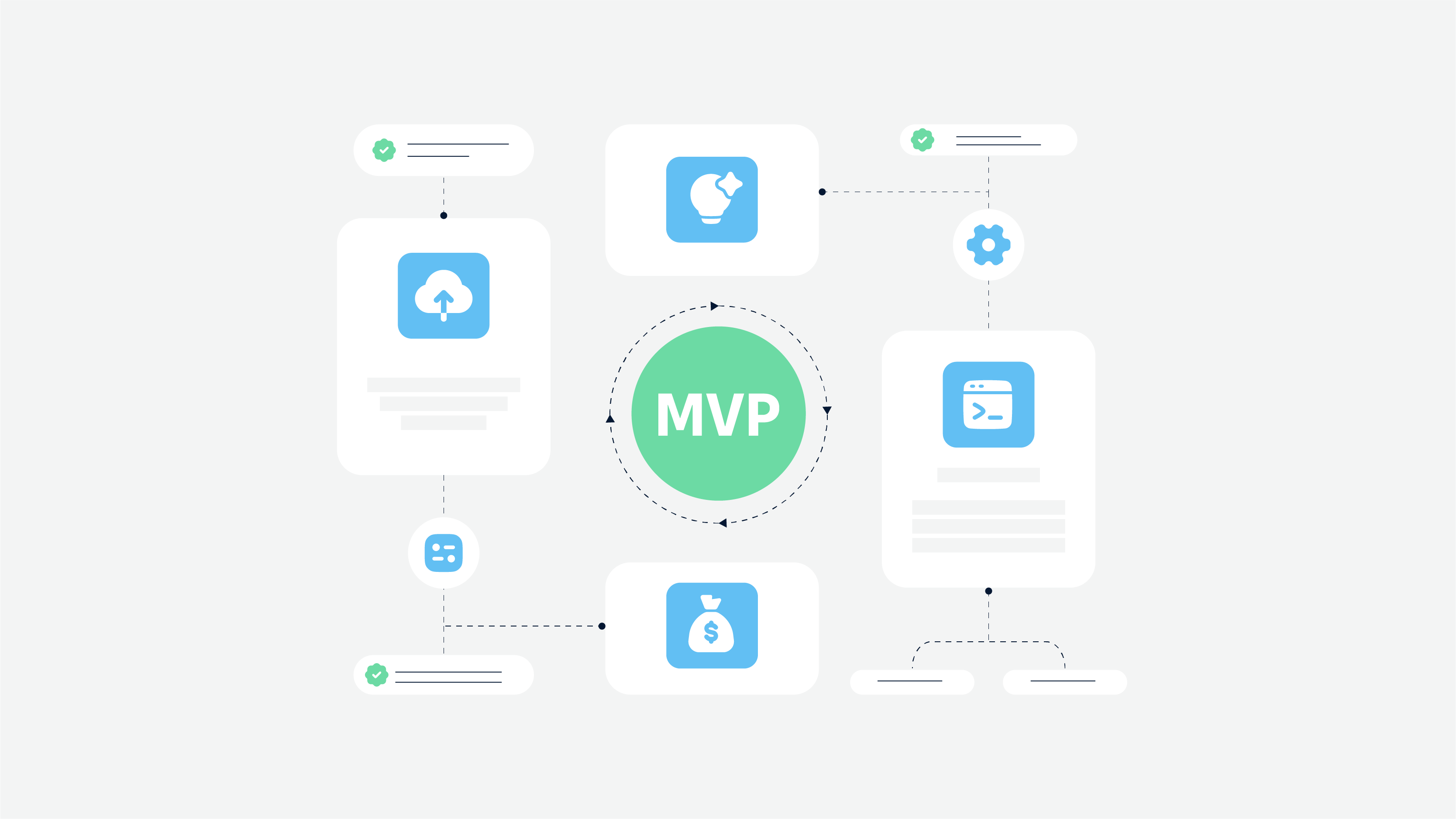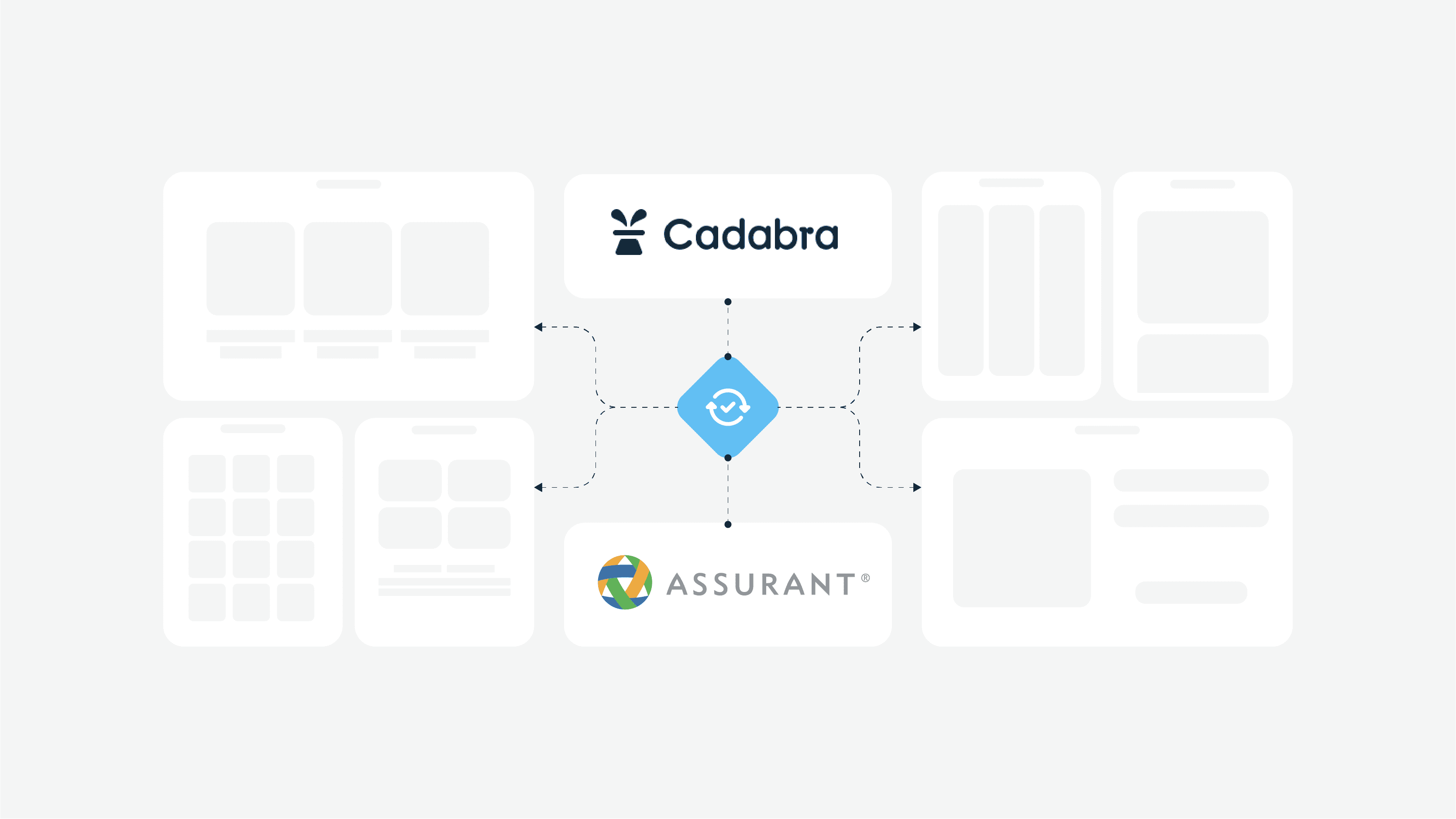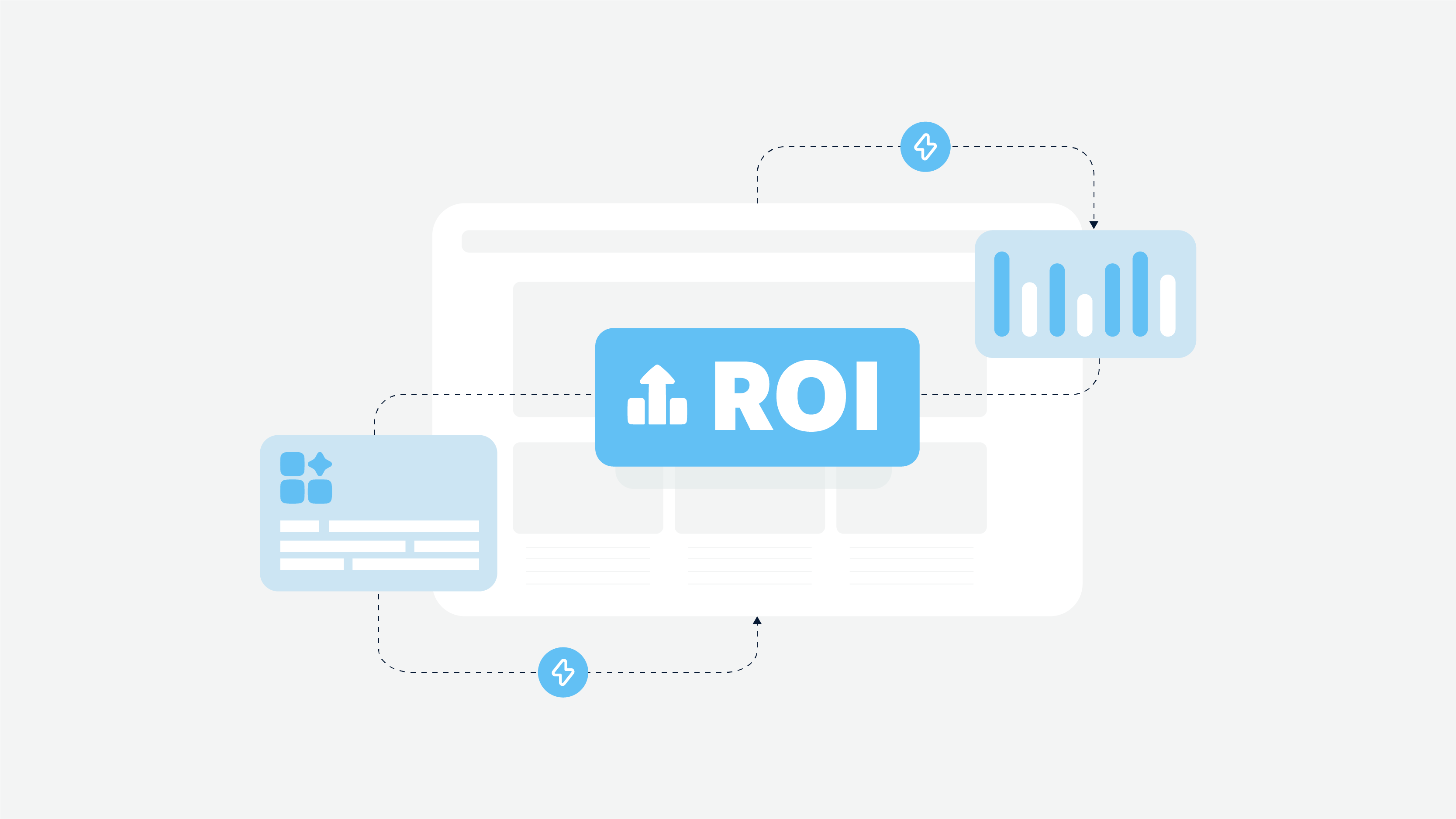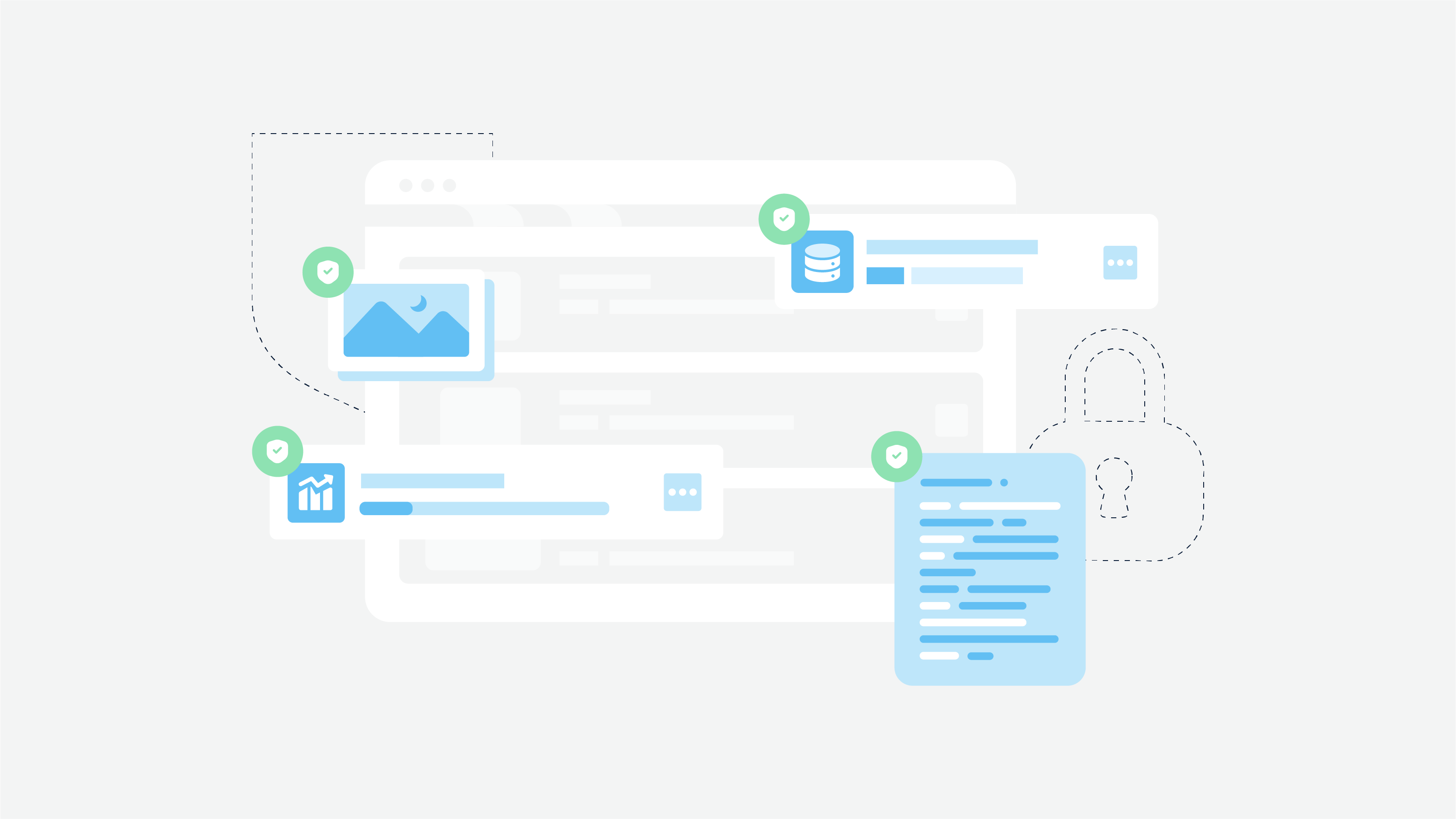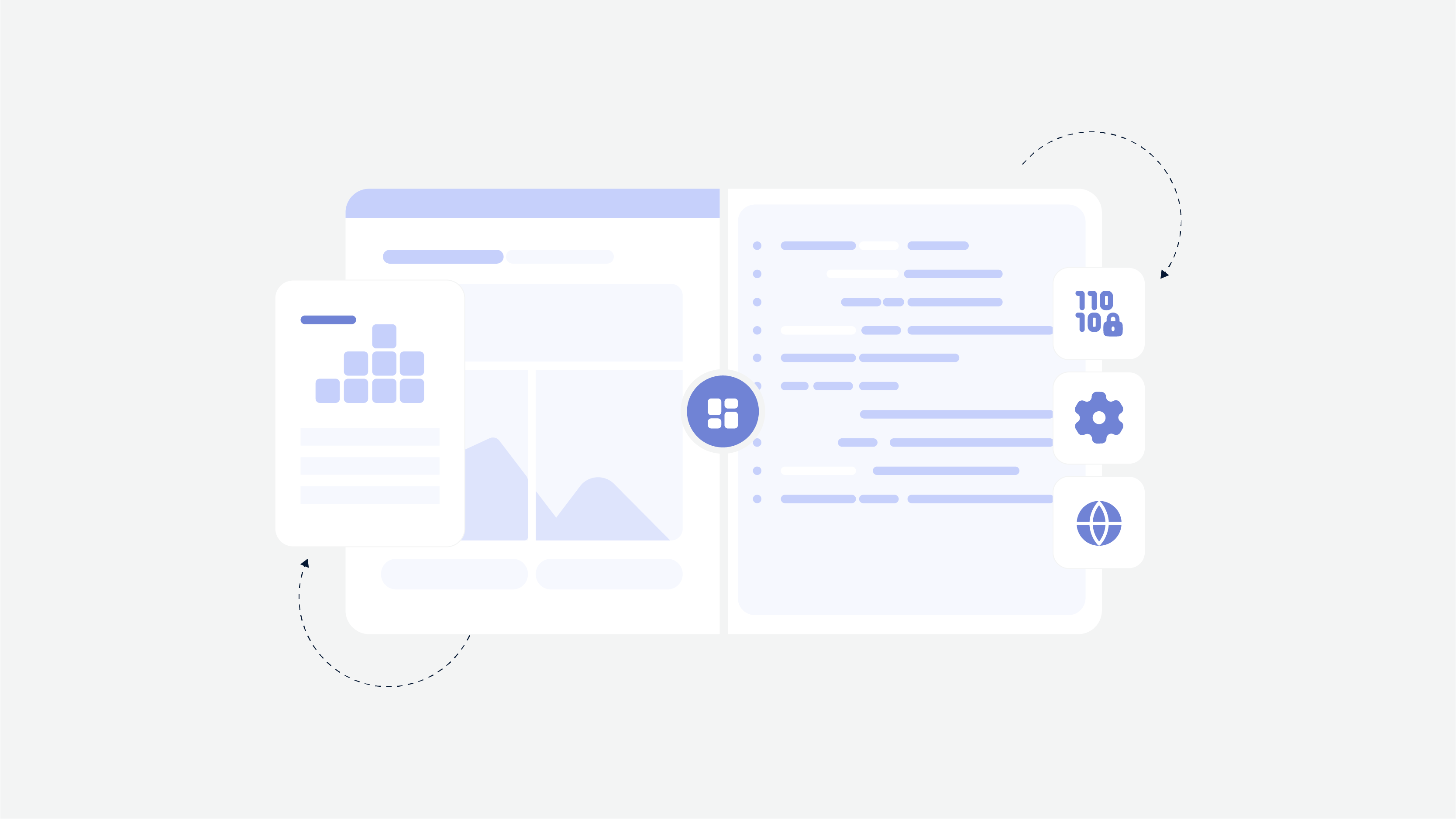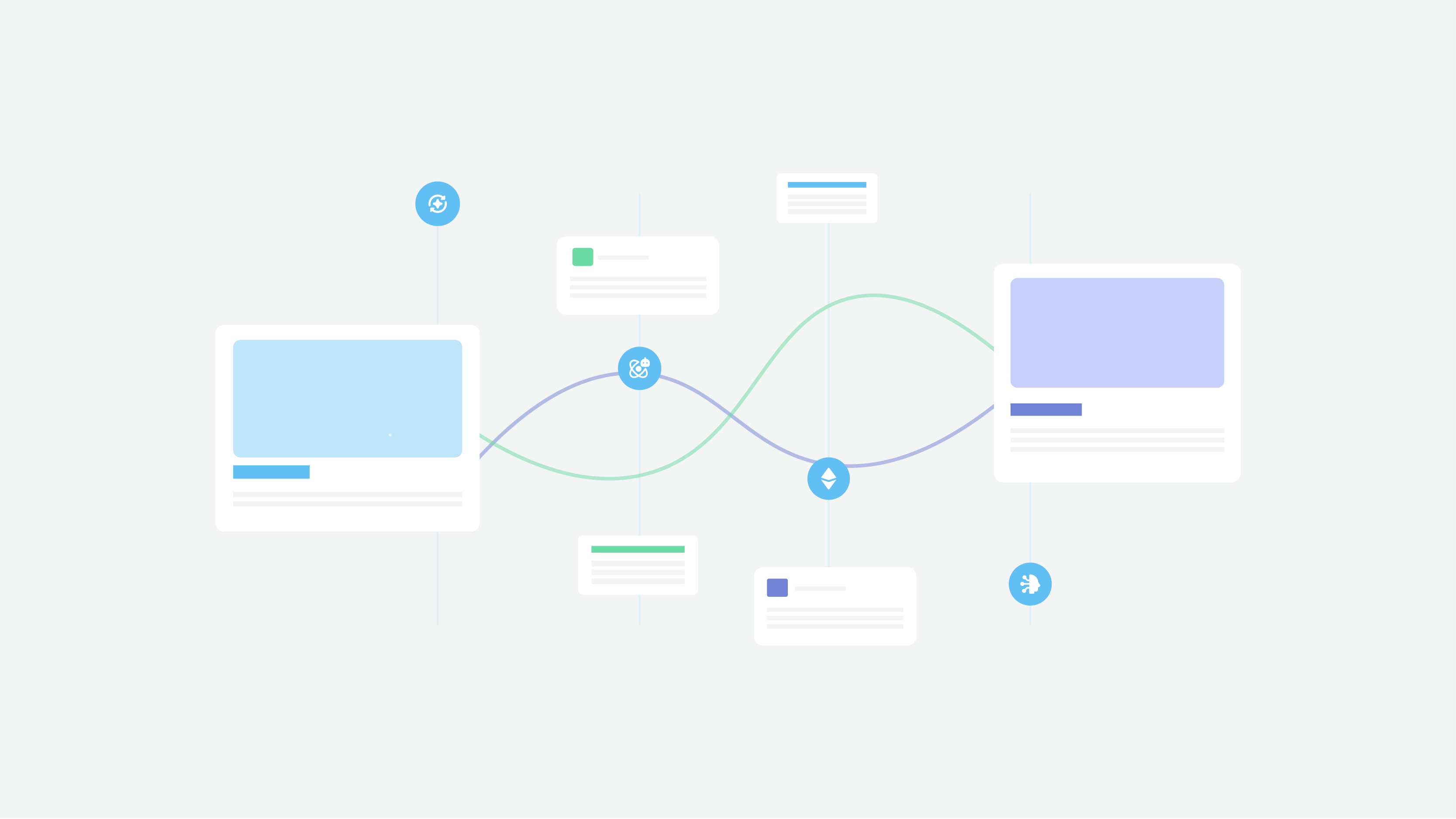Did you know that almost 90% of healthcare providers now rely on healthcare technology and digital tools to care for their patients? It’s incredible how technology is transforming healthcare delivery – making treatments quicker, smarter, and more effective. From booking appointments with a few clicks to pinpointing illnesses with advanced software, the way we experience healthcare is changing right before our eyes.
We’ll break down the key features, benefits, and even the challenges of these digital tools to show what healthcare software can really do. Whether you’re a healthcare worker, a business owner in the field, or just curious about how tech is changing medicine, this guide will give you a fresh perspective on the world of healthcare apps.
Introduction to Healthcare Software
Healthcare software is a broad term that encompasses a wide range of tools and applications designed to improve the quality and efficiency of care or make the lives of patients and medical professionals easier. The healthcare industry has witnessed a significant transformation in recent years, driven by the increasing adoption of healthcare IT and other digital technologies. Healthcare software plays a vital role in this transformation, enabling healthcare providers to deliver high-quality patient care, streamline clinical workflows, and improve operational efficiency.
From electronic health records (EHRs) that store patient information to telemedicine platforms that allow remote consultations, healthcare software is revolutionizing how care is delivered. These digital tools not only enhance the patient experience but also help healthcare providers make more informed decisions, reduce errors, and manage their practices more effectively. As the healthcare industry continues to evolve, the importance of healthcare software in ensuring better patient outcomes and more efficient operations cannot be overstated.
Definition of Healthcare Software
Healthcare information systems refer to any software application used in the healthcare industry to support clinical, administrative, or financial operations. It includes a wide range of applications, from electronic health records (EHRs) and medical billing software to telemedicine platforms and healthcare analytics solutions. Healthcare software is designed to improve patient outcomes, enhance the patient experience, and reduce healthcare costs.
For instance, electronic health records (EHRs) provide a digital version of a patient’s medical history, making it easier for healthcare providers to access and update information. Medical billing software automates the billing process, ensuring that insurance claims are processed accurately and promptly. Telemedicine platforms enable remote consultations, making healthcare more accessible to patients who may not be able to visit a clinic in person. By leveraging these tools, healthcare providers can deliver more efficient and effective care.
What is Healthcare Software?
Healthcare software is all about making life easier for both patients and healthcare providers. These digital tools help with everything from managing patient records and scheduling appointments to improving communication between doctors and nurses. The goal? To make healthcare more efficient and ensure patients get the best care possible.
At its core, healthcare software, including clinical software, is designed to help doctors and nurses make better decisions, work together more effectively, and provide care that’s tailored to each patient. By automating routine tasks, cutting down on mistakes, and giving secure access to important patient information, these tools let healthcare professionals focus on what really matters: their patients.
In fact, according to a 2024 report by Statista, the global healthcare software market is expected to grow to $76.45 billion by 2025, driven by the increasing demand for digital solutions in healthcare. This growth highlights just how important these tools are becoming in modern medicine.
Types of Healthcare Software
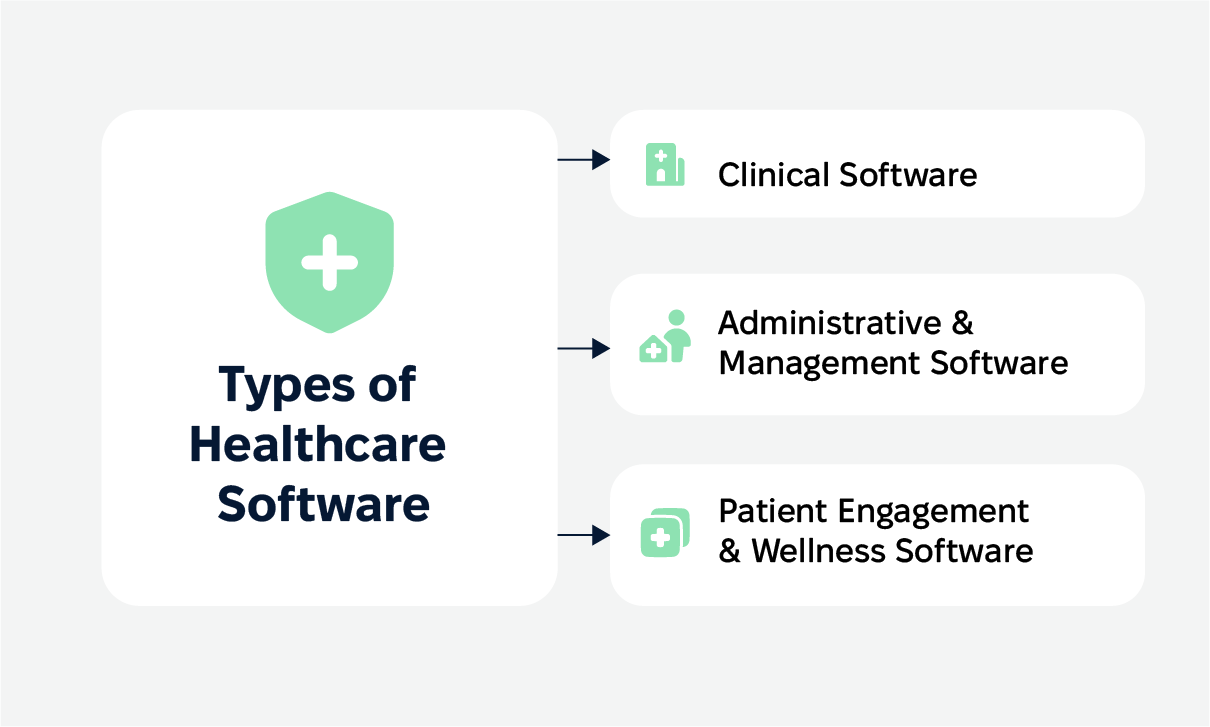
There’s a wide variety of healthcare management systems that software companies in healthcare produce. It includes electronic health records (EHRs), telemedicine apps, and tools that help with clinical decision-making. Together, these systems create a connected network that supports every step of the healthcare process—from the first appointment to follow-up care.
Clinical Software
Electronic Health Records (EHR)
Health information technology has revolutionized the healthcare industry with digital versions of patient charts that store medical history, treatments, and test results. EHRs make it simple for doctors to access and update patient information, leading to better and faster care.
Clinical Decision Support Systems (CDSS)
These tools help doctors make informed decisions by providing insights based on medical data. For example, they can alert physicians to potential drug interactions or suggest possible diagnoses.
Telemedicine Solutions
Telehealth and telemedicine healthcare software solutions allow patients to consult with healthcare providers remotely, using video calls or messaging. This approach became especially popular during the COVID-19 pandemic and continues to grow, making healthcare more accessible.
Additionally, telemedicine solutions often include features for patients to view and pay their medical bills online.
Administrative & Management Software
Hospital Management Systems (HMS)
These systems handle the day-to-day operations of hospitals, including healthcare administration tasks such as patient admissions, staff scheduling, and inventory management. By streamlining these tasks, HMS improves efficiency and reduces administrative burdens.
Medical Billing Software
This software automates the billing process and revenue cycle management so that insurance claims are processed accurately and promptly. It reduces errors and speeds up payments, benefiting both healthcare providers and patients.
Healthcare Customer Relationship Management (CRM)
Healthcare CRM systems and medical practice management software manage interactions with patients, helping providers offer personalized care and maintain strong patient relationships. They track appointments, follow-ups, and patient preferences.
Medical Equipment Management Software
Medical equipment management software is essential for healthcare facilities to manage equipment maintenance, stocktaking, and compliance with safety regulations. It automates processes, enhances the reliability of medical devices, and ensures efficient inventory management to support patient care.
Medical Practice Management Software
Medical practice management software is a type of healthcare software that helps healthcare providers manage their practices more efficiently. It includes features such as patient scheduling, billing, and insurance claims management. Medical practice management software is designed to streamline clinical workflows, reduce administrative burdens, and improve patient care.
For example, this software can automate appointment scheduling, reducing the risk of double bookings and ensuring that patients are seen promptly. It can also handle billing and insurance claims, minimizing errors and speeding up the payment process. By integrating these functions into a single platform, medical practice management software allows healthcare providers to focus more on patient care and less on administrative tasks.
Patient Engagement & Wellness Software
Patient Portals
These online platforms give patients access to their health information, appointment schedules, and direct communication with their healthcare providers, enhancing patient engagement. Patient portals empower individuals to take an active role in their healthcare journey. Patient portals and mobile health apps enhance the operational efficiency of medical practices by streamlining processes and improving patient care.
Mobile Health Apps
Mobile health applications, or mHealth apps, are designed to run on smartphones and tablets, allowing patients to monitor their health, set medication reminders, and access medical information on the go.
Remote Patient Monitoring (RPM)
RPM uses devices to monitor patients’ health data, such as blood pressure or glucose levels, from their homes. This information is sent to healthcare providers, enabling continuous care without frequent office visits.
Our hands-on experience with these systems has shown that they not only enhance patient care but also improve operational efficiency for healthcare providers. As the healthcare industry continues to grow, adopting and integrating these software solutions for healthcare becomes increasingly important for delivering high-quality, patient-centered care.
Healthcare Analytics and Business Intelligence Software
Healthcare analytics and business intelligence software is a type of healthcare software that helps healthcare organizations make data-driven decisions. It includes features such as data analytics, reporting, and visualization. Healthcare analytics and business intelligence software is designed to help healthcare organizations improve patient outcomes, reduce costs, and enhance operational efficiency.
By analyzing large volumes of data, these tools can identify trends and patterns that might not be immediately apparent. For instance, they can help healthcare providers predict patient outcomes, optimize resource allocation, and identify areas for improvement. With the insights gained from healthcare analytics and business intelligence software, healthcare organizations can make more informed decisions, ultimately leading to better patient care and more efficient operations.
Emerging Trends in Healthcare Software
The healthcare software landscape is constantly evolving, with new technologies and innovations emerging to improve patient care and outcomes. Let’s explore some of the most exciting trends shaping the future of healthcare software.
IoT in Healthcare
The Internet of Things (IoT) is revolutionizing the healthcare industry by connecting medical devices, sensors, and other equipment to the internet. This connectivity allows for real-time data collection and remote monitoring, significantly enhancing patient care. For instance, IoT-enabled devices can continuously monitor a patient’s vital signs and send alerts to healthcare providers if any abnormalities are detected. This real-time monitoring can lead to quicker interventions and better patient outcomes.
Moreover, IoT in healthcare can help reduce costs by minimizing the need for frequent hospital visits and enabling more efficient use of medical resources. By providing healthcare professionals with accurate and timely data, IoT devices can improve decision-making and streamline clinical workflows. As a result, the overall quality of care is enhanced, and patients receive more personalized and effective treatments.
Wearable Technology
Wearable technology, such as fitness trackers and smartwatches, is becoming increasingly popular in the healthcare industry. These devices can track vital signs, monitor physical activity, and provide personalized health recommendations. For example, a smartwatch can monitor a patient’s heart rate, sleep patterns, and physical activity levels, offering valuable insights into their overall health.
Wearable technology empowers patients to take a more active role in their healthcare by providing them with real-time data about their health. This increased engagement can lead to better health outcomes, as patients are more likely to adhere to treatment plans and make healthier lifestyle choices. Additionally, healthcare providers can use data from wearable devices to monitor patients remotely, allowing for more proactive and preventive care.
Mobile Health Apps
Mobile health apps are revolutionizing the way healthcare is delivered and consumed. These apps provide patients with easy access to medical information, enable remote consultations, and facilitate communication between patients and healthcare providers. For instance, a mobile health app can allow patients to schedule appointments, view test results, and communicate with their doctors from the comfort of their homes.
Mobile health apps improve patient engagement by making it easier for individuals to manage their health and stay connected with their healthcare providers. This increased engagement can lead to better patient outcomes, as patients are more likely to follow through with their treatment plans and seek timely medical advice. Additionally, mobile health apps can help reduce healthcare costs by minimizing the need for in-person visits and enabling more efficient use of medical resources.
In conclusion, the integration of IoT, wearable technology, and mobile health apps into healthcare software is transforming the healthcare industry. These emerging trends are enhancing patient care, improving patient outcomes, and making healthcare more accessible and efficient. As technology continues to advance, we can expect even more innovative solutions to shape the future of healthcare.
Key Features of Healthcare Software
Data Security & Compliance
Patient data is some of the most sensitive information out there, which is why data privacy and security are top priorities. Healthcare software needs strong encryption, multi-factor authentication, and access controls to keep records safe.
It also has to comply with regulations like HIPAA and GDPR, or else healthcare organizations could face hefty fines and legal trouble. A secure system builds trust and ensures that patient confidentiality is never compromised.
Interoperability & Integration with EHRs
Health information exchange is crucial for interoperability, ensuring that different healthcare systems can securely exchange and use patient information without a hitch.
Ever had to repeat your medical history at every new doctor’s office? That’s what interoperability aims to fix. This feature allows different healthcare systems to securely exchange and use patient information without a hitch.
When records are easily accessible across providers, patients get better, more coordinated care. Plus, it cuts down on manual data entry, reducing errors and saving time.
AI & Machine Learning in Healthcare IT
Artificial intelligence is making waves in healthcare, and for good reason. AI-powered tools can analyze vast amounts of medical data in seconds, helping doctors make faster and more accurate diagnoses using predictive analytics.
Machine learning algorithms can predict disease risks based on a patient’s history, flag potential medication interactions, and even assist in treatment planning.
Chatbots and virtual assistants also lighten the load by handling routine administrative tasks like scheduling and answering patient questions. As AI technology develops, it will continue to improve decision-making, raise efficiency, and ultimately improve patient outcomes.
Benefits of Healthcare Software
Software development in healthcare makes life easier for both medical professionals and patients by improving care, reducing paperwork, and making everything run more smoothly. Here’s what it brings to the table:
Better Patient Care
Doctors and nurses need fast access to accurate patient records to improve clinical outcomes and make the best decisions. Healthcare software makes this possible by organizing and analyzing medical data efficiently.
AI-powered tools can help detect health issues earlier, leading to better diagnoses and treatment. For example, Abridge, a healthcare startup, uses AI to automate clinical notes, improving documentation across around 100 healthcare systems in the U.S.
Less Administrative Work
Tasks like scheduling, billing, and insurance claims can be time-consuming, but workflow automation helps lighten the load. Cloud-based solutions, like TeleTracking, have improved hospital efficiency by managing patient beds better. At Maidstone and Tunbridge Wells Trust, such technology cut emergency room wait times by an hour per patient.
More Patient Involvement
Patient engagement tools are essential for patients who actively participate in their care, often leading to better health outcomes. Digital tools like patient portals let people schedule appointments, view test results, and talk to their doctors online. NICE has even endorsed Sleepio, an app-based therapy for insomnia, as a good alternative to sleeping pills.
Smarter Decision-Making
Hospitals generate massive amounts of data, and clinical decision support systems help turn that data into useful insights. Machine learning can predict patient outcomes, help allocate resources, and improve efficiency. Cornel University’s study found that combining AI predictions with doctors’ assessments led to more timely discharges and fewer readmissions.
Lower Costs
By reducing inefficiencies and preventing mistakes, healthcare software helps achieve significant cost savings. A RAND Health study estimated that the U.S. healthcare system could save over $81 billion per year with the widespread adoption of health IT.
Challenges in Healthcare Software Development
Developing and rolling out healthcare software comes with plenty of perks, but it’s not always smooth sailing. I’d like to share with you some of the biggest hurdles (from my perspective).
Compliance and Security Risks
Ensuring healthcare software meets strict regulatory compliance and keeps patient data safe is no small task for any healthcare organization. Developers need to really understand the rules and put strong security measures in place to prevent data breaches or unauthorized access.
Failing to follow compliance rules or protect patient information properly can lead to hefty fines and legal trouble for your healthcare organizations.
Integration with Legacy Systems
Many healthcare organizations still use outdated systems that don’t always work well with today’s advanced healthcare software, highlighting the importance of system interoperability. Trying to connect new tools with these older systems can be tricky, taking a lot of time, effort, and technical know-how.
In fact, studies from 2024 show that over 60% of healthcare providers face challenges with system integration, slowing down the adoption of modern solutions. To tackle this, many organizations are taking it step by step, gradually swapping out old systems for newer, more compatible ones that make sharing data easier and improve overall efficiency.
Adoption Challenges
Even the best healthcare software only works if user adoption is achieved, meaning doctors, nurses, and other healthcare professionals actually use it regularly. But getting people on board isn’t always easy—resistance to change, lack of tech know-how, and worries about messing up workflows can all make adoption tricky.
To tackle these issues, you need to step up with solid training programs, ongoing support, and involve the people who’ll be using the software in its development. Plus, it’s crucial to show how the software can make a real difference, like improving patient care or boosting efficiency.
For example, a 2024 study found that hospitals using advanced software saw a 25% increase in patient satisfaction and a 30% reduction in administrative errors. These kinds of results can help win over even the most skeptical users.
Read also: Healthcare Software Development in 2025: A Comprehensive Guide
Future Trends in Healthcare Software
As technology keeps moving forward at lightning speed, the future of healthcare software looks super exciting. Here is my own breakdown of some of the coolest trends coming our way.
AI-Powered Diagnostics
Artificial intelligence (AI) is changing how we diagnose and treat diseases by improving diagnostic accuracy. Using machine learning and tons of patient data, AI tools can spot patterns and issues that doctors might overlook. This means diagnoses can be faster and more accurate, which helps catch problems earlier and improves care for patients.
For example, a 2024 study found that AI systems correctly identified certain cancers 94% of the time. Another report showed that AI reduced diagnostic errors in radiology by 30%. These advancements are making a real difference in healthcare.
Blockchain for Patient Data Security
Blockchain technology, often associated with cryptocurrencies, has a lot of potential for ensuring data integrity and keeping patient data safe in healthcare. It works by creating a secure, decentralized record of patient information that can’t be changed.
This helps protect sensitive data and makes it easier to share securely with authorized people. With data privacy and security becoming bigger concerns, blockchain could become a key part of healthcare tech.
Personalized Medicine through Software
The increasing availability of patient data, along with advancements in AI and genomics, is making precision medicine and personalized medicine more accessible. By analyzing a person’s genetic makeup, medical history, and lifestyle, healthcare software can help doctors create treatment plans tailored to each patient.
How to Choose the Right Healthcare Software
Our clients often tell us that choosing healthcare software can be a daunting task with so many options available. So, here are a few factors to consider.
Identifying Your Organization’s Needs
Start by conducting a needs assessment to clearly define what your organization demands. Consider the size of your practice, the services you offer, and any challenges you face. Whether you need a system for managing patient records, scheduling, billing, or analytics, understanding these needs will help narrow down your choices.
Evaluating Vendors and Solutions
Once you know what you’re looking for, start with a vendor evaluation. Look for companies with experience in healthcare and a solid reputation.
Key factors to assess include security measures, customer support, compliance with industry regulations, and the ability to scale as your organization grows. Always request demos and check reviews from other healthcare providers.
Custom vs. Off-the-Shelf Solutions
When choosing software, you’ll need to decide between a pre-built (off-the-shelf) solution or a custom-built one, emphasizing the level of customization required.
-
Off-the-shelf solutions are ready-made systems designed to meet general healthcare needs. They are often more affordable and quicker to deploy but may lack specific features tailored to your organization.
-
Custom solutions are built specifically for your organization. Create from scratch services can design the solution to meet unique workflows and integrate seamlessly with your existing systems. While more expensive and time-consuming to develop, they offer flexibility and tailored functionality.
Ensuring Interoperability and Integration
Your chosen software must support system integration and work well with existing systems, such as Electronic Health Records (electronic health record software or EHRs) and billing platforms. Look for solutions that follow industry standards like HL7 and FHIR to ensure smooth data exchange and workflow integration.
How Cadabra Studio Helps with Healthcare Software Development
At Cadabra Studio, we really get the challenges of healthcare software development – strict regulations, complex integrations, and the need for seamless workflows. We’ve spent years building secure, user-friendly solutions that make healthcare operations smoother and more efficient.
Why Work with Us?
-
Easy integration: we know how to make any software work with your existing systems, ensuring a smooth transition.
-
Strong security: we prioritize data protection with advanced security measures.
-
User-friendly design or redesign services: this is where we truly shine. You get intuitive and efficient tools that simplify daily tasks.
Case Study: Remedy Logic
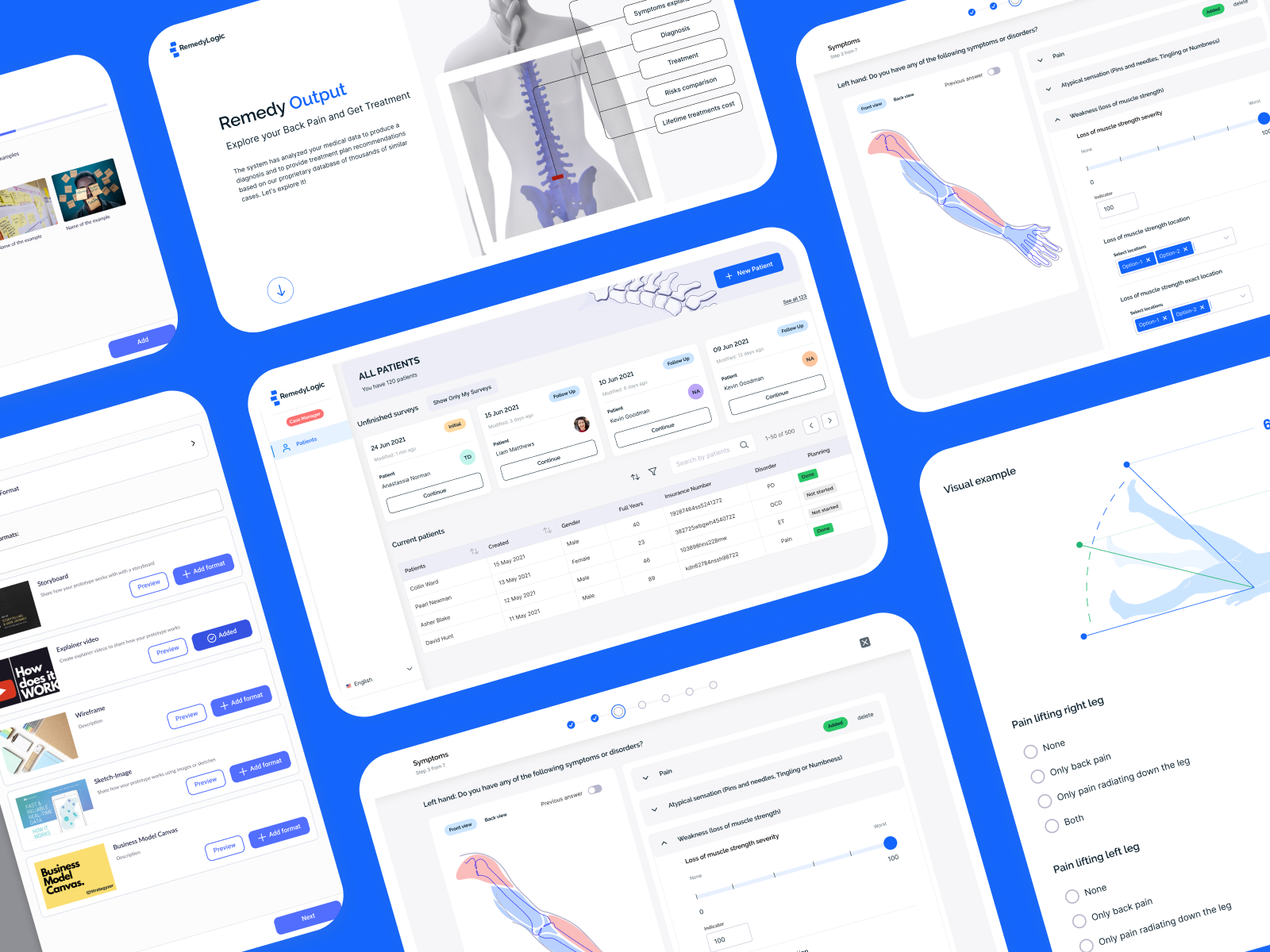
One of our most successful projects was with Remedy Logic, a healthcare provider looking to modernize its patient management system. We developed a custom solution that integrated perfectly with their existing setup, helping them improve efficiency and enhance patient care. The results?
-
Better patient management with automated scheduling, billing, and record-keeping reduced administrative workload.
-
Smarter decision-making with built-in analytics provided valuable insights, allowing for data-driven improvements in patient care.
-
More efficient workflows with streamlined processes: healthcare staff could focus more on patients instead of paperwork.
At Cadabra Studio, we’re committed to developing software that truly helps healthcare organizations operate more effectively. We’re here to build solutions that make a real difference – for providers, staff, and, most importantly, patients.
Read more on this: Remedy Logic Case Study
Wrapping It Up
Modern software is making big changes in healthcare solutions, helping doctors and patients with better treatments, smarter diagnostics, and smoother operations. As technology grows, software is becoming a key tool for solving problems and improving medical services.
Healthcare tools like AI-powered diagnostics, secure data storage with blockchain, and personalized treatment plans are transforming how care is delivered. These advancements guide us to better results and more accurate treatments. Systems that work well together also make it easier for healthcare teams to communicate and manage patient care.
To keep up with these changes, healthcare organizations need flexible, secure, and easy-to-use software. At Cadabra Studio, we create solutions designed to help healthcare providers succeed.
Schedule a call to chat about your project and see how we can build the right tools for you – we’re here to help every step of the way.
FAQs
What is the cost of healthcare software?
The software pricing for healthcare solutions can vary widely depending on the type, features, and customization required. Basic practice management software might start at a few hundred dollars per month, while comprehensive electronic health record systems or custom solutions can range from several thousand to tens of thousands of dollars annually.
What is Healthcare Software?
Healthcare software includes digital tools and healthcare applications that help healthcare providers manage patient records, schedule appointments, and improve communication. It aims to enhance patient care and operational efficiency.
What is the most used healthcare software?
EHR systems are the most used healthcare software. They store and manage patient medical records, improving the accessibility and coordination of care.

